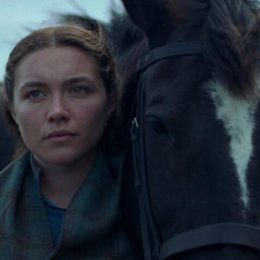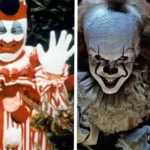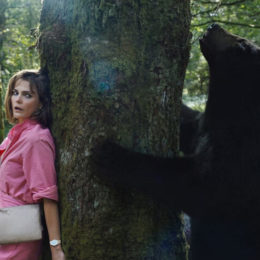THE PALE BLUE EYE. Wasted Po(e)tential?
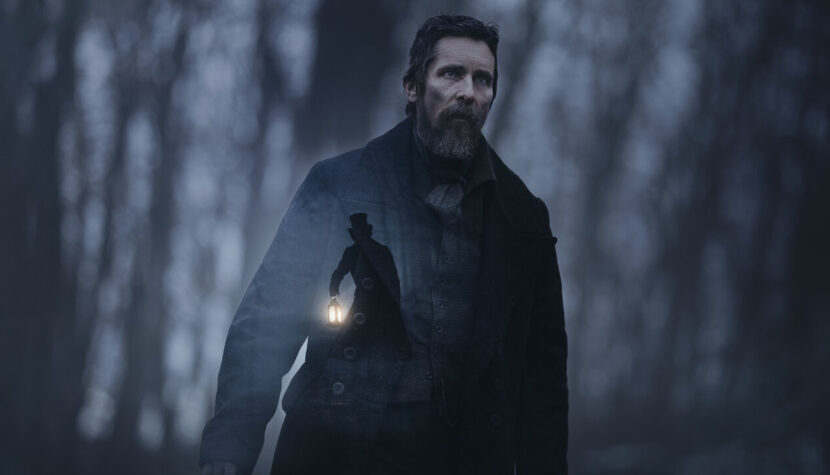
I call Scott Cooper Mr. consistency. He is a director whose films are on a similar level. And I mean the level … medium. So what if his creations are filled with top actresses and top actors, and the cinematography in each of his productions is at least phenomenal, if Cooper can’t take full advantage of it? The Pale Blue Eye is the 52-year-old author’s sixth chance. A chance to rise above directorial mediocrity. Did reuniting with Christian Bale, adapting Louis Bayard’s bestseller of the same name, and bringing the father of detective fiction, Edgar Allan Poe, help Scott Cooper’s success as an artist?
The Delightful "The Pale Blue Eye"
Cooper’s regular collaborator, cinematographer Masanobu Takayanagi, opened up a world I didn’t want to enter without a thick coat, hat, gloves, and something for self-defense. After all, the film opens with a shot in which the camera breaks through a dark, thick and cold fog to show the viewers a hanged man. As the latest Netflix production goes on, it’s hard to look for any greenery. The endosperm is shrouded in grey, black and blue. Frames inspired by the work of Caspar David Friedrich, an outstanding representative of Romantic painting, symbolize the transience of life and death. Isn’t this the perfect entourage to bring Edgar Allan Poe to the screen? Of course he is, but before we get to the film’s portrayal of one of America’s greatest writers, let me introduce you to Augustus Landor (Christian Bale), a veteran detective who is asked to solve the death of one of the cadets of the West Point Military Academy. Yes, it’s about the hanged man from the first scene of The Pale Blue Eye, who, as it soon turns out, had his heart removed from his chest. And here comes the moment when Edgar Allan Poe (Harry Melling) enters the stage, all in … blue (the color of West Point cadet uniforms). No, take it easy. He’s not the one who’s tearing out the heart of the hanging poor fellow (although he might?). Anyway, now he shows up to help Landor unravel a criminal case.

You’re probably asking yourself whether The Pale Blue Eye is a kind of biography, or rather a kind of presentation of a slice of Poe’s life. Well, no. Although the American writer actually matriculated as a cadet at the West Point Academy and often, as shown in Cooper’s work, feigned illness in order not to attend classes, the presence of this character here serves to give the story an even greater aura of mystery, an even more romantic and dark atmosphere. In addition to referring to the real events in Poe’s life, the authors of the Netflix production keep winking at the fans of the poet’s work. And so, the name of the main character, Augustus Landor, refers to Poe’s novella Landor’s Cottage, Poe’s beloved in the film still coughs, like his true love – Virginia, who died of tuberculosis in 1847, the writer also has a weakness for alcohol, but quite a strong head.
The introduction of a gothic atmosphere straight from Poe’s novels, as well as the atmosphere-enhancing performance by the creator of the first literary detective would be doomed to failure if it weren’t for the aforementioned, death-like pictures by Takayanagi and the excellent performance by Harry Melling. I heard that Cooper wanted Timothée Chalamet to play the cadet poet. With all due respect to this young, talented actor, I don’t think he would fit the role at all. Melling, on the other hand, fits perfectly here with his sharp facial features and slightly cadaverous appearance, which, contrary to appearances, does not play Poe as a dark and gloomy gentleman, but gives this character the heart and sensitivity that certainly characterized this artist.
Related:
The Dissapointing "The Pale Blue Eye"
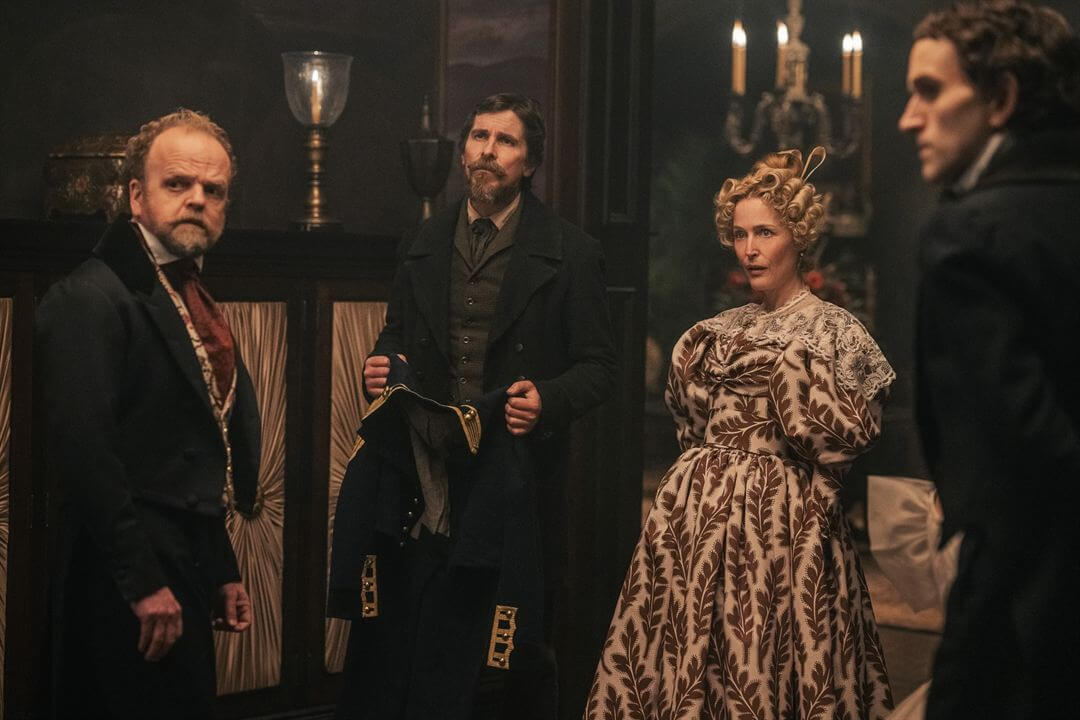
In addition to Christian Bale and Harry Melling, who not only played their roles wonderfully (especially the latter), but also bring an extra boost of energy to the film when their characters meet on screen, there are a number of outstanding actors in The Pale Blue Eye. Unfortunately Scott Cooper uses them only to push the plot forward. Charlotte Gainsbourg, as the bar girl, appears in Landor’s bed from time to time to ask a question that will dazzle the detective; Gillian Anderson charges in the completely unformed role of Mrs. Marquis; Toby Jones as Mr. Marquis is still smiling as if he is hiding something; Timothy Spall and Robert Duvall appear on the screen for such a short time (the latter especially) that it can be assumed that they are in this film only so that the make-up artists will stick them with an impressive mustache and beard.
Scott Cooper isn’t a particularly great storyteller either. Sure, the author of The Pale Blue Eye is able to interest the beginning of the story, introduce the recipient into the climate, but then unimaginably bore him, and at the end surprisingly, but also without order and composition, speed up and close his story with a melodramatic twist.
The Verdict
Scott Cooper’s sixth attempt, The Pale Blue Eye, proves that he is an ambitious, courageous director (each of his films is in a different genre), searching, but still lacks the skills to achieve artistic fulfillment. Beautiful cinematography, excellent main roles and famous names in the background are not enough to turn an uneven, boring, sometimes chaotic script into something more than just another average film. But at least we know, thanks to Cooper, that Melling is a great actor and the role of Edgar Allan Poe should have been reserved for him by any other filmmaker. Thanks, Mr. Consistency.


